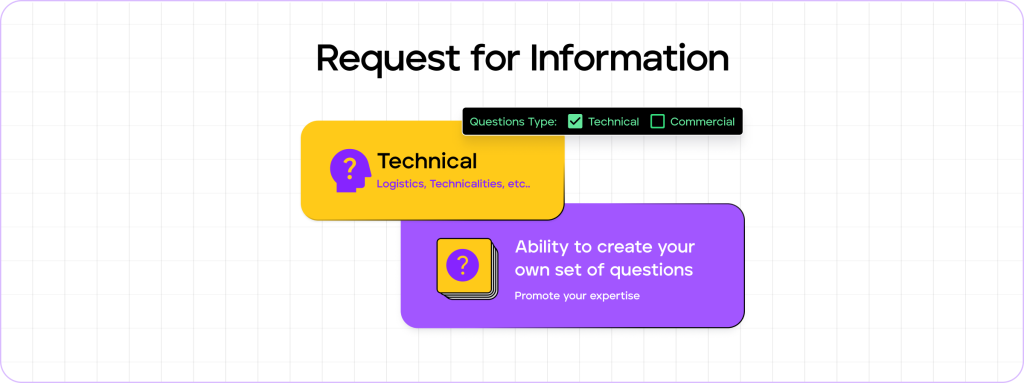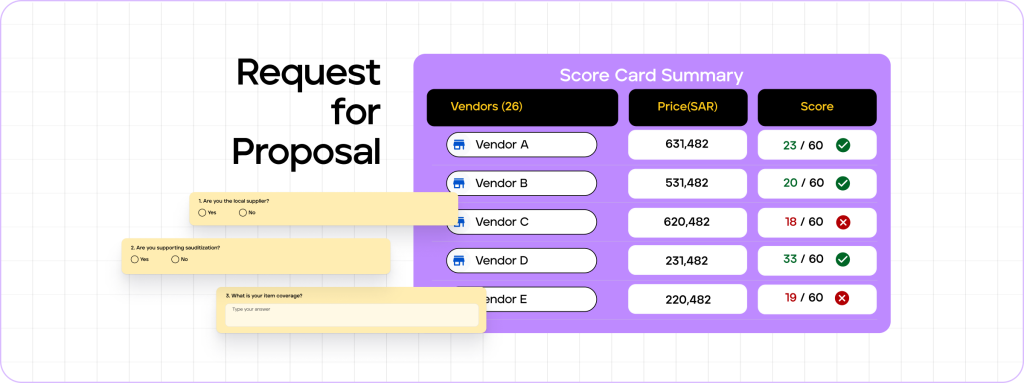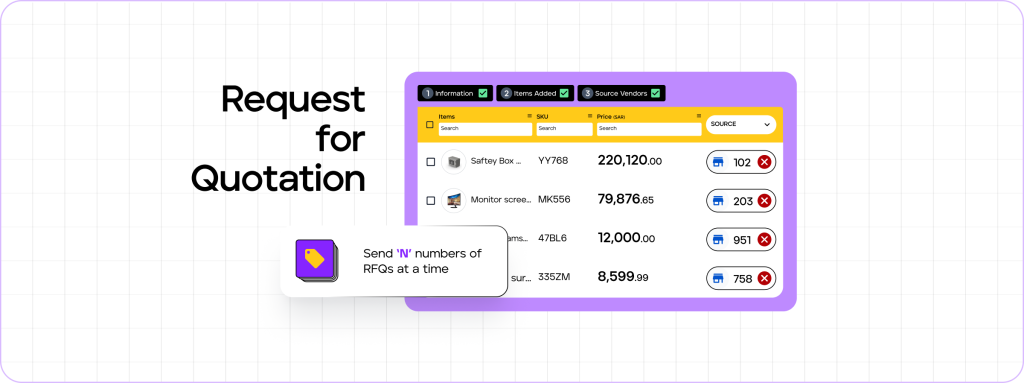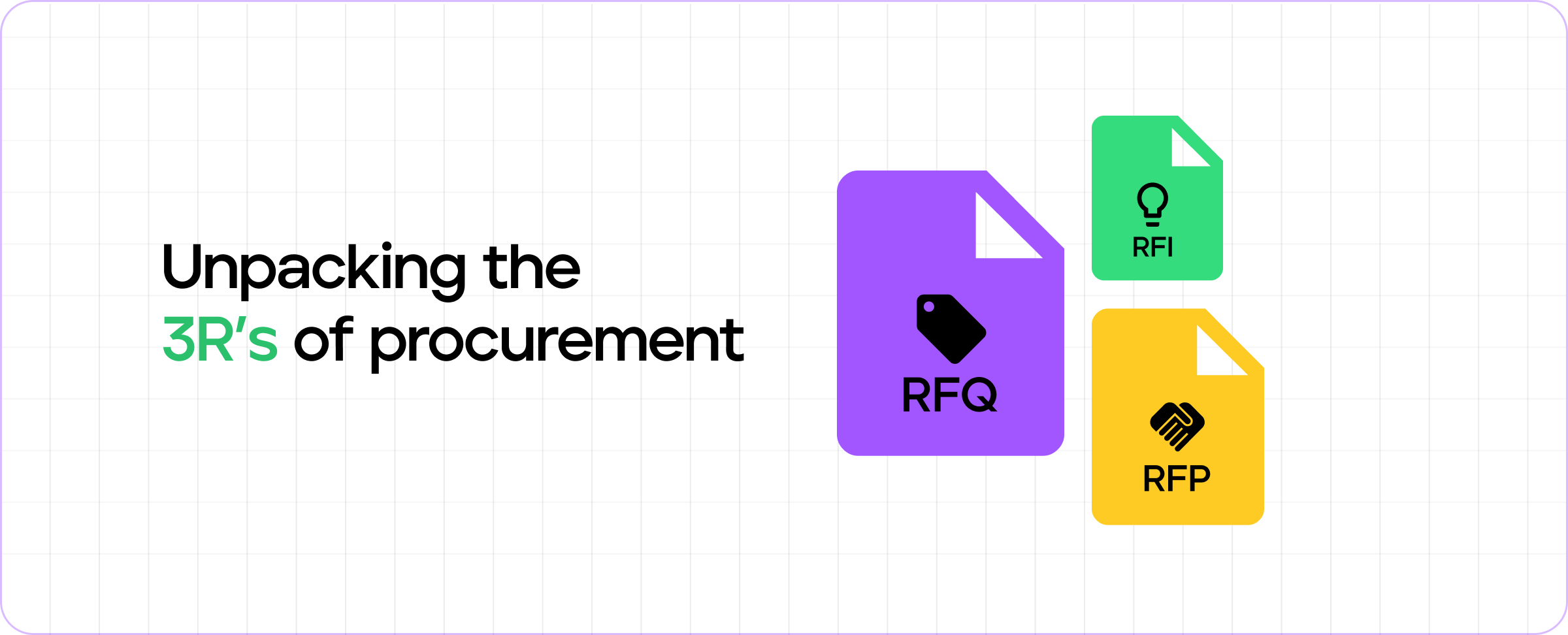The procurement of goods, services, and information can be a full-time job and – for the uninitiated – potentially confusing. The use of different acronyms doesn’t help.
For many procurement professionals and managers, RFP RFQ and RFI are lumped together as part of the same process, using the same language to get the same outcome. But, broken down and properly understood, the three R’s of procurement mean very different things. Moreover, when used in the correct context, they create different outcomes that make the job of procurement easier, faster, and more productive. Here we explain the difference between an RFI RFP and RFQ.
Request for Information: RFI

The starting point for many procurement teams when sourcing goods and services are to gather information on the types of products and services available in the market, their availability, costs, and associated logistics. An RFI is also used to source information on the nature of different vendors supplying the requisite goods and services, allowing the procurement team to understand how each vendor works, what their skills and capabilities are, and whether they have the capacity to provide what is needed.
An RFI is especially useful for procurement teams that are unfamiliar with a sector or a new industry, helping them to familiarise themselves with the marketplace and compare vendors across the value chain. Procurement teams can also use the issuance of an RFI to strike up an initial conversation with various vendors, explore how they work, and build a long list of potential suppliers. For vendors, being sent an RFI is an opportunity to act as a market leader, promote expertise and demonstrate their approach to customer relations.
Request for Proposal: RFP

For procurement teams that are well-versed in the industries, they operate in, an RFI is not always necessary. If so, a request for proposal – RFP – can be issued to a pre-selected long list of vendors that have existing relationships with the client and that the procurement team knows. RFPs are particularly useful when a company is searching for a long-term or recurring contract, or a large-scale or complex project. RFPs themselves can take a lot of work to develop, requiring the input of multiple internal stakeholders – often including finance and legal.
The beauty of an RFP is its ability to dig deep into a vendor’s capabilities, enabling the procurement team to unearth strengths, weaknesses, vulnerabilities, and areas of added value. An RFP can also be used to also find out vendors’ compliance, health, and safety or governance protocols – these can be important deciding factors for larger companies in technically or environmentally sensitive industry sectors. These are often of concern to legal, risk, and corporate affairs departments whose job is to manage risk and protect their company’s reputation.
In principle, an RFP can be sent to any number of suppliers. In practice, the number of RFPs sent out to vendors is generally governed by a procurement teams’ ability to process the responses they receive. For teams managing procurement manually with traditional spreadsheets and filing systems, the job of issuing large numbers of RFPs can become difficult to manage – particularly if an RFQ is then also required.
Request for Quote: RFQ



